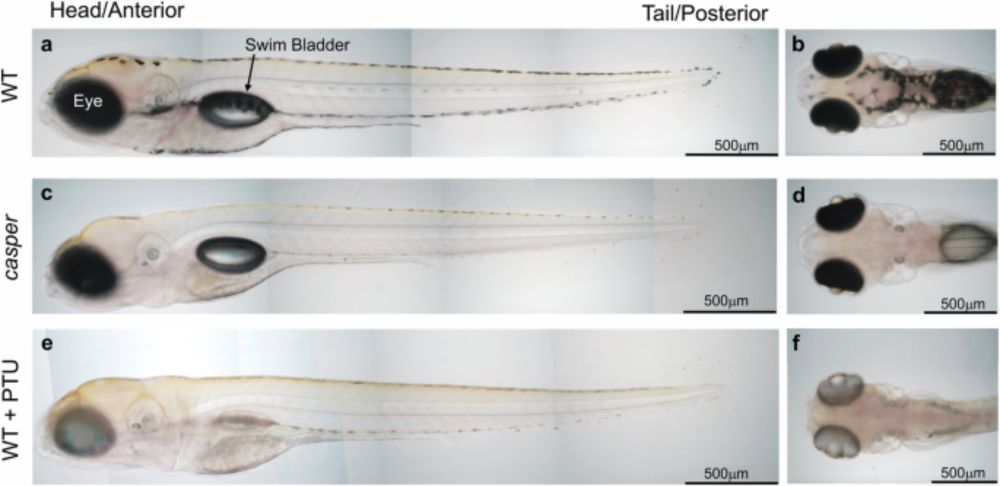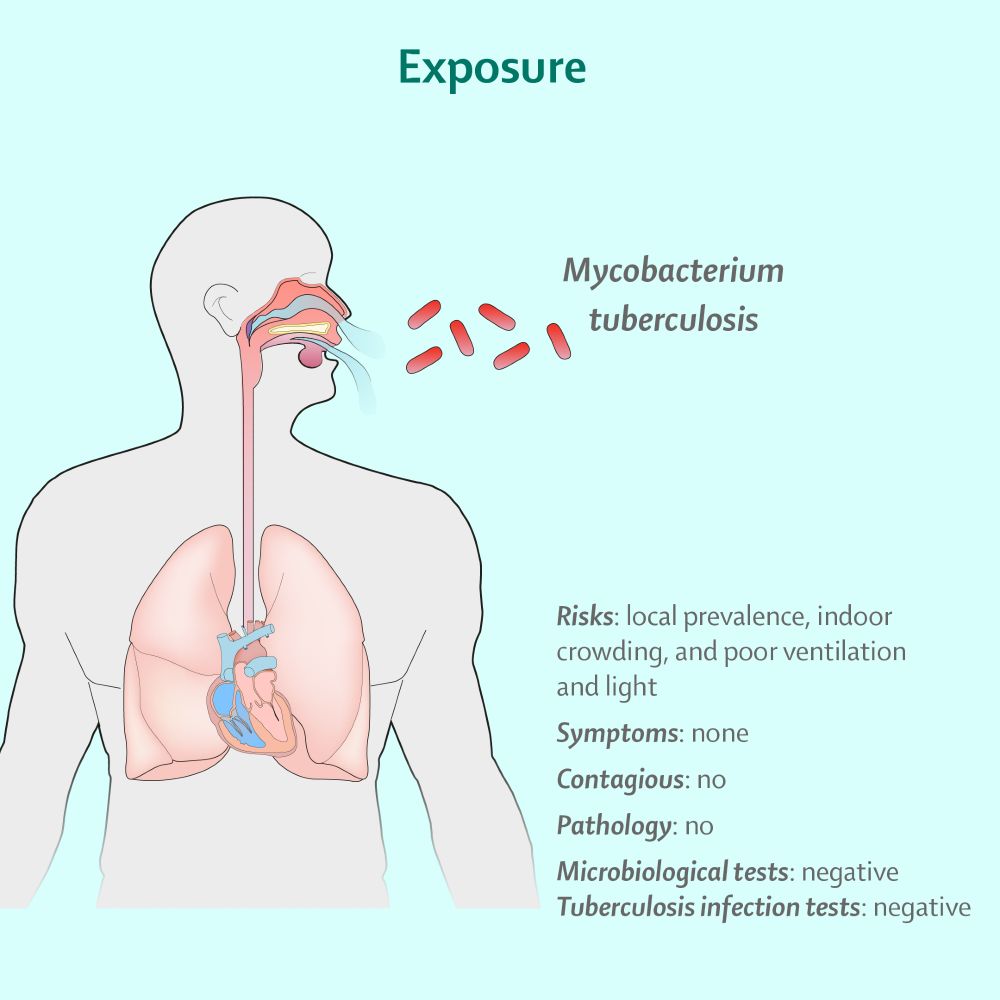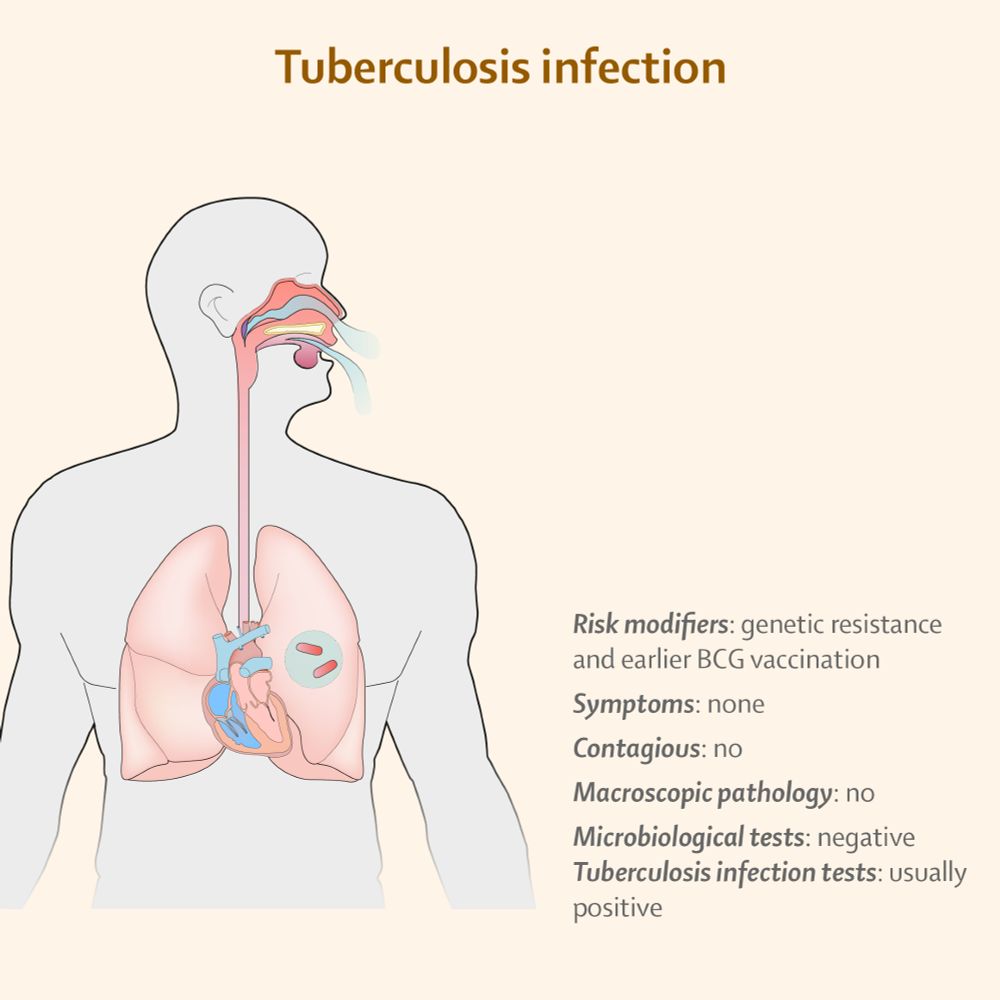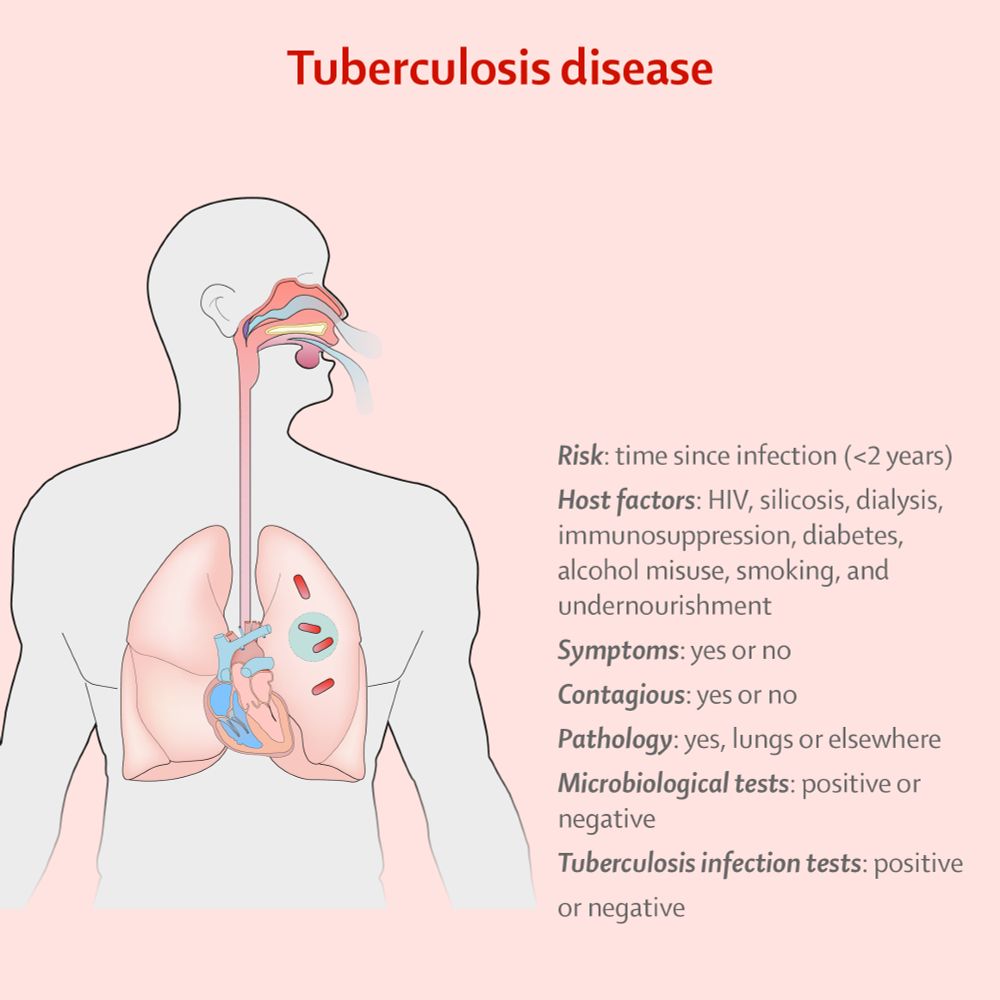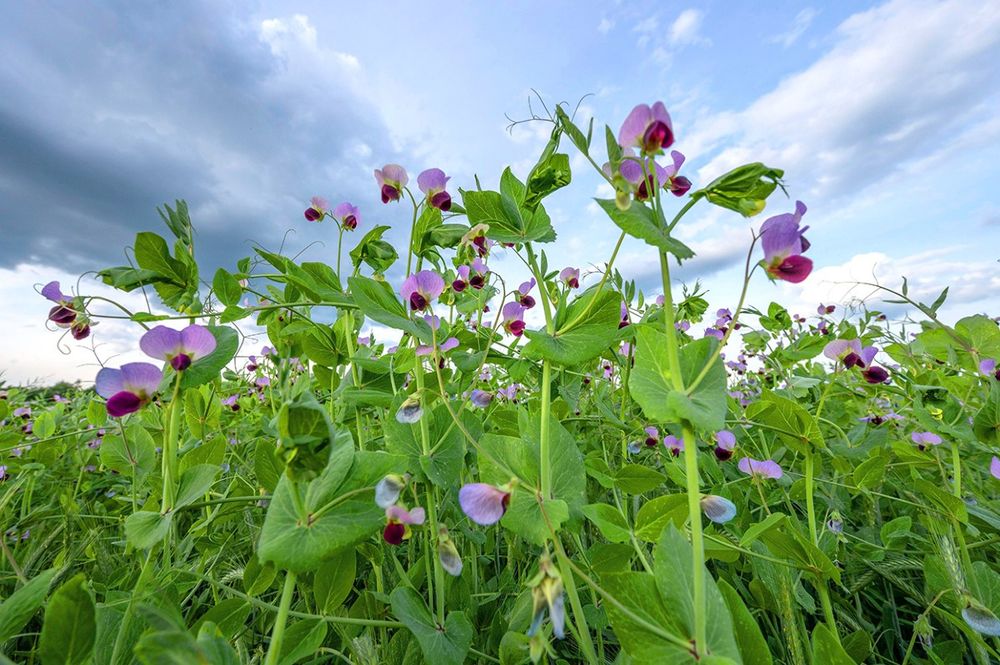@charliejpyle.bsky.social
150 followers
320 following
30 posts
Duke University | Tobin Lab Postdoc | PharmD, PhD
Translational Scientist interested in Cell Biology — Genetics — Microbiology — Pharmacy — Innate Immunity — Zebrafish — Tuberculosis
Opinions are my own & don't represent those of my employer.
Posts
Media
Videos
Starter Packs
Reposted
Reposted
Reposted
Reposted
Reposted
Reposted
Reposted
Kaia Mattioli
@kaiamattioli.bsky.social
· Mar 10
Reposted










